Before and after renovation works
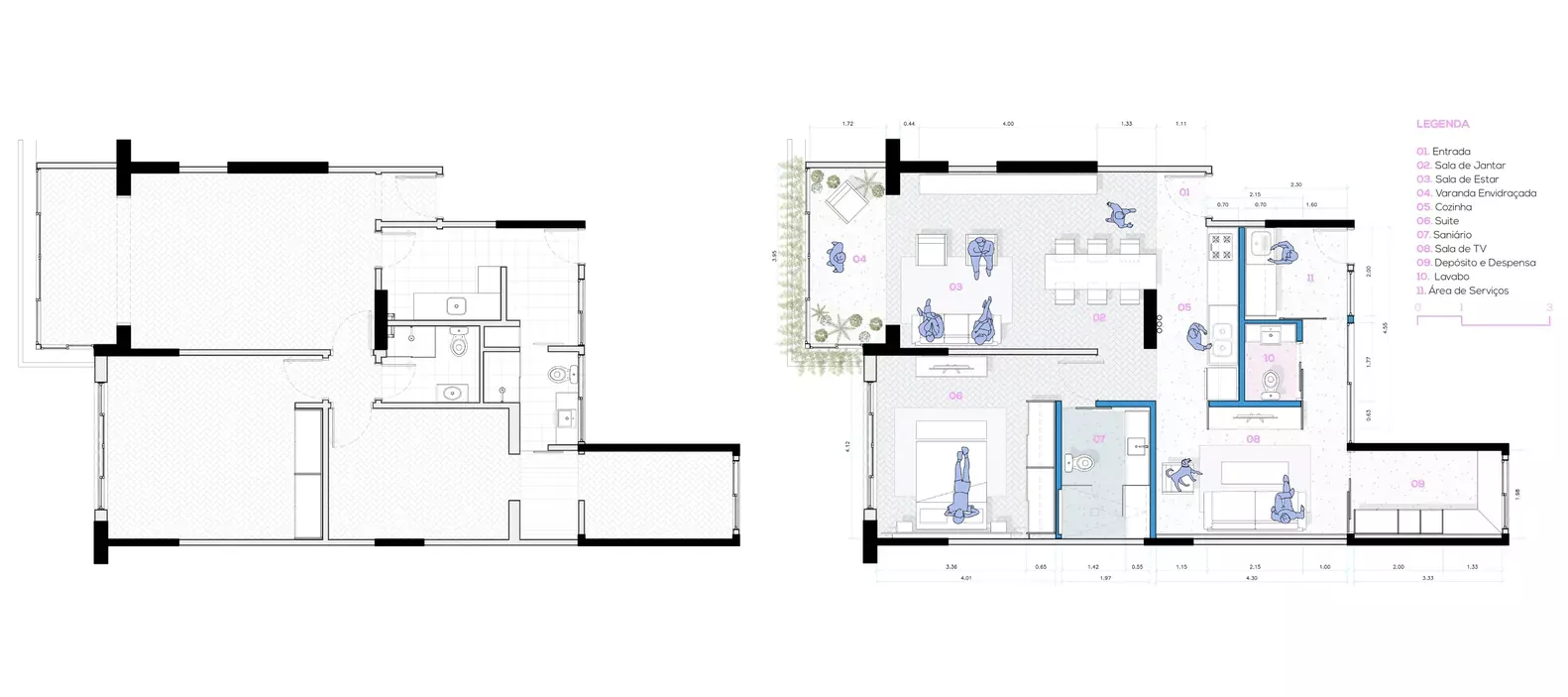
The ability to completely renovate a space by demolishing parts, making additions, altering functionality, and improving ambience is one of the most admired functions of the engineer. In housing, this significance is even more apparent, since adapting housing to contemporary demands, through a well-thought-out plan, can drastically improve the quality of life of the occupants.
Due to changes in lifestyles, standard family compositions, construction standards, and market trends, housing has undergone significant changes over time, especially in residential apartments. There exists extensive research on how floorplans have changed over time, identifying patterns and trying to understand the causes of such changes. Some trends are universal. In general, newer residential buildings contain more compact apartments due to the high cost of urban land, and spaces and utilities considered unnecessary have started to disappear, such as laundry. Solutions to land cost such as tiny houses and co-living have opened the door to new possibilities for facilitating adequate housing for everyone in large cities.
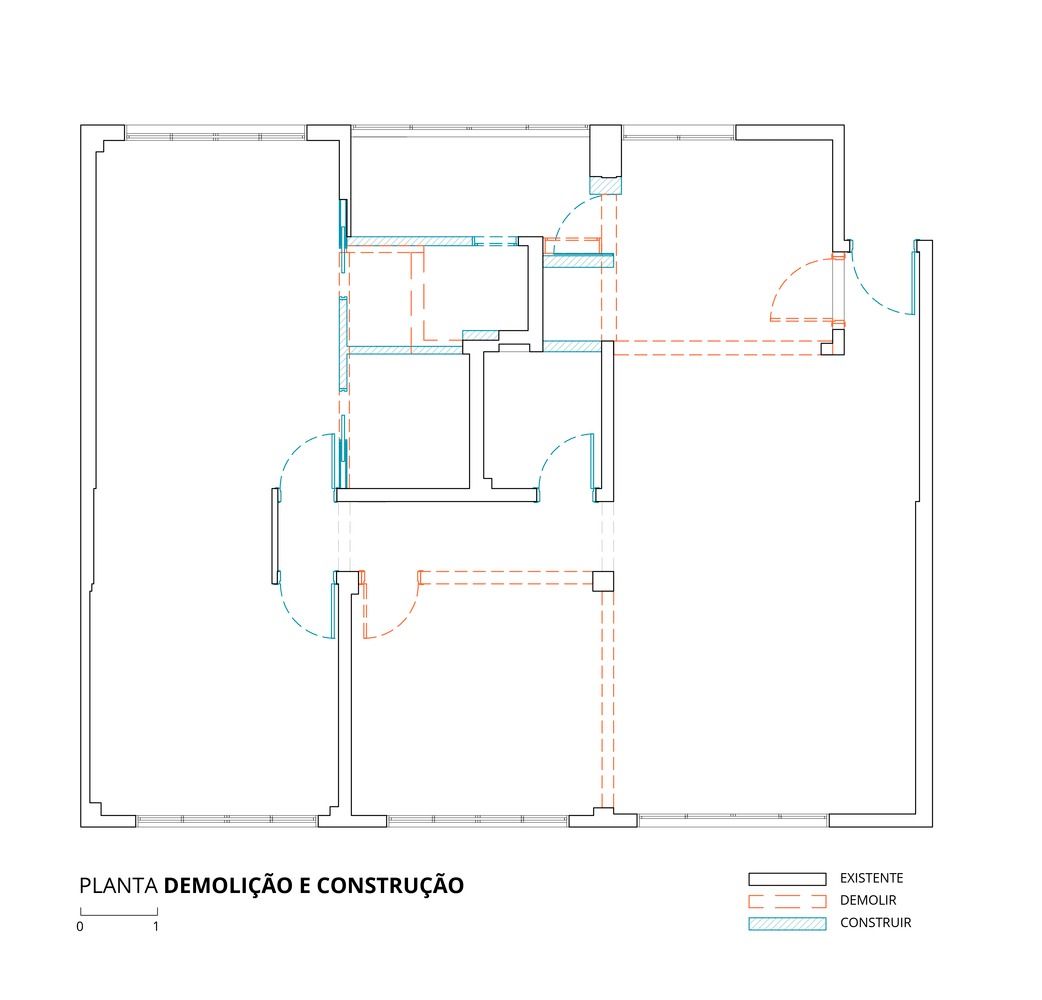
At the same time, most cities have a huge stock of buildings, many of which are designed in ways now considered outdated.
In Brazil, for example, due to the country's reliance on slavery and cheap domestic labor in the recent past, it was very common for middle class apartments to have separate service areas with exclusive circulation and access points until the 1990's. Nowadays, with new labor laws and a different economic reality, it is much rarer for domestic workers to sleep in the homes they work in, making a considerable fraction of the remaining housing underutilized.
In addition, the plans of older apartments compartmentalized large spaces and utilized large circulation areas, such as corridors. The kitchens were generally separate from other rooms. Concomitantly, the buildings had larger rooms, more ornate covering materials, and more natural light.
Remodeling these properties through the demolition of walls can transform compartmentalized and disjointed spaces into rooms that match more current lifestyles, turning them into more comfortable and interesting homes.
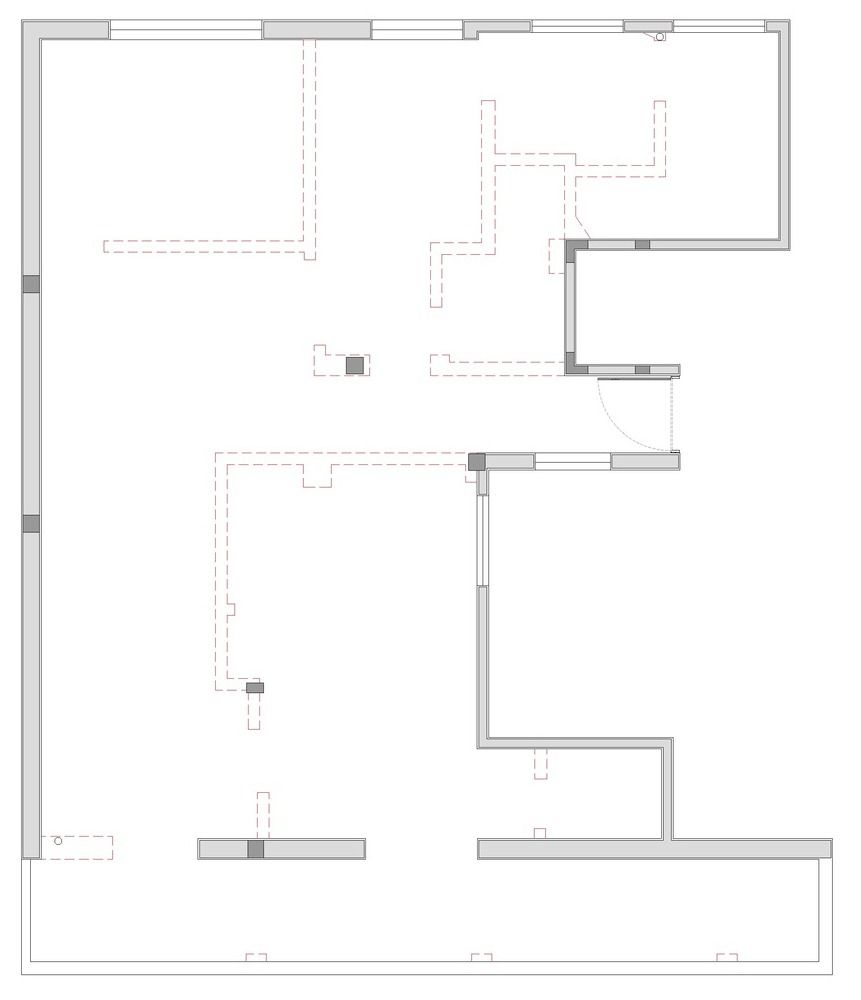

Building rehabilitation and renovation is a field that has gained much attention over the past few years. It can now be considered one of the main functions of the engineer, especially if we use as reference the enormous amount of projects published on this site.
For example the demolition of practically all masonry facilitated the transformation of a traditional 2-bedroom apartment and its accompanying small, sequestered rooms into a contemporary apartment with a more comfortable social area. Changing the bathroom location and laundry layout made it possible to integrate the kitchen into the living room.
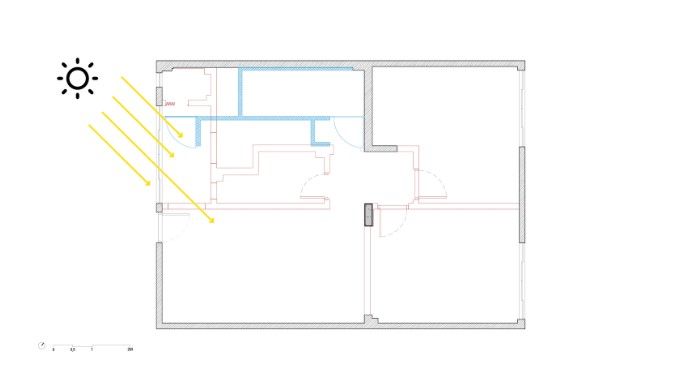
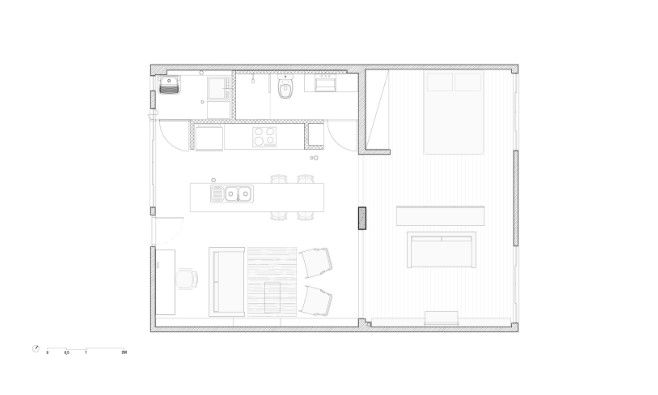
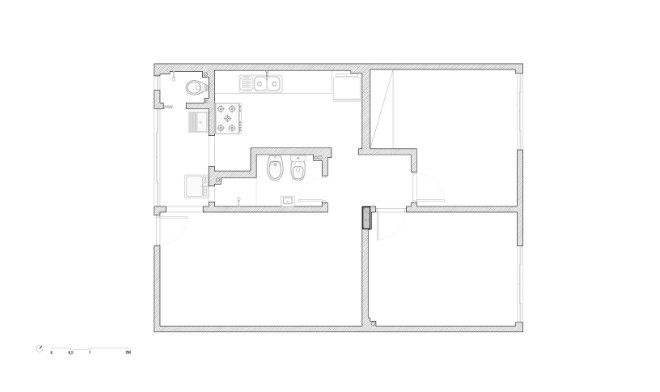
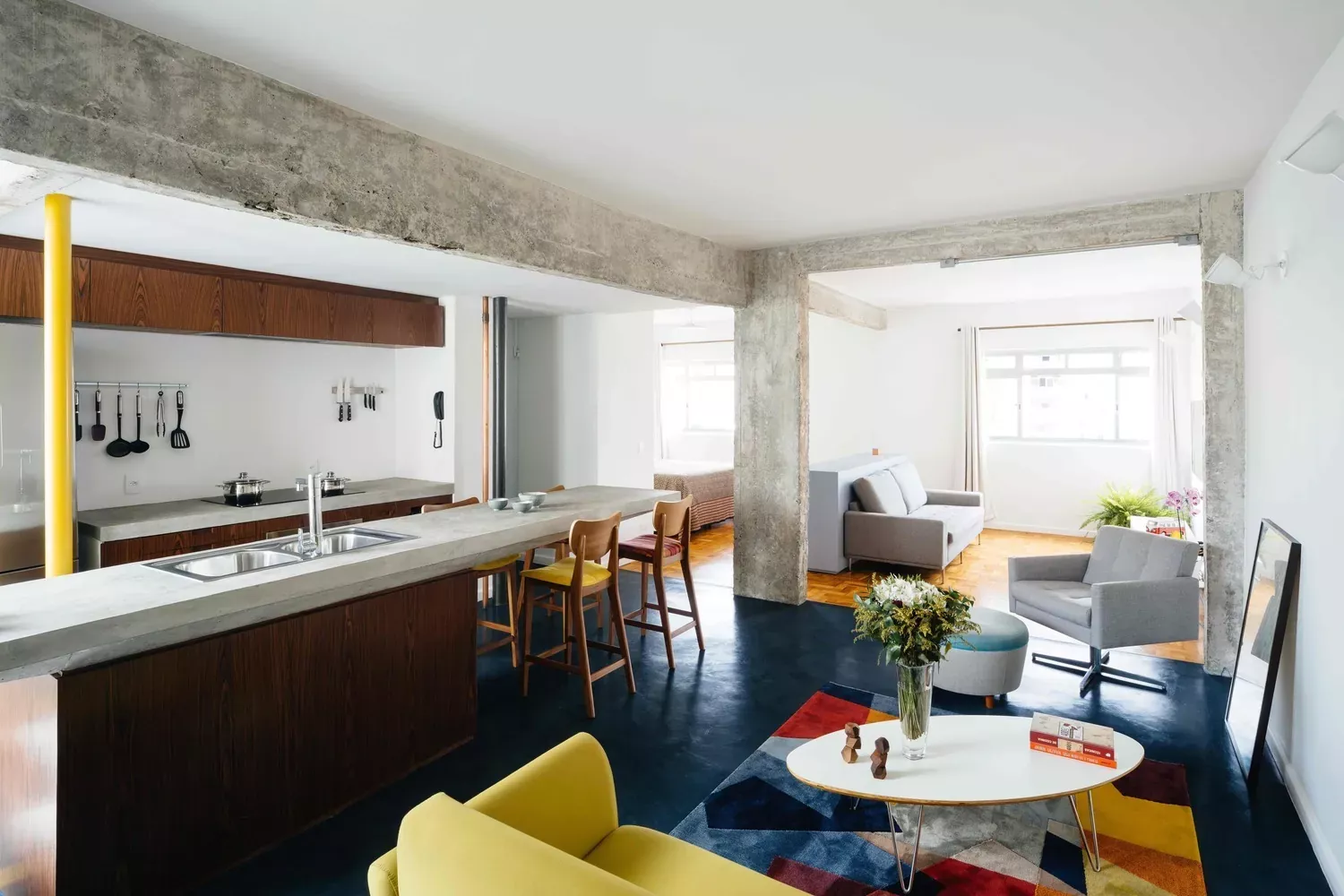
Similarly, in the project remodeling this apartment, the traditional compartmentalization of the 2-bedroom apartment was abandoned, resulting in a large room with an open kitchen and only one bedroom.
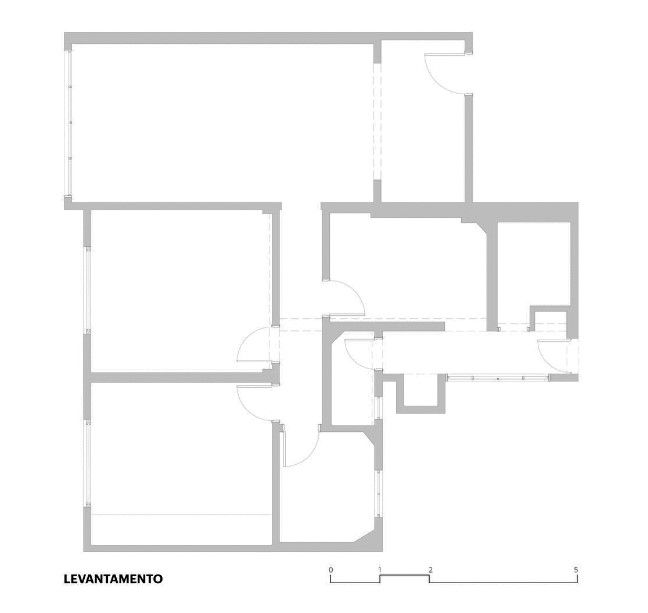
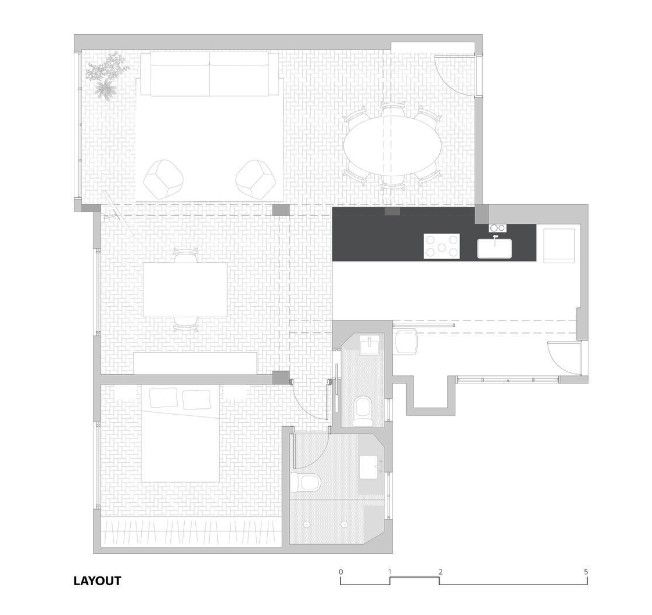

In the case of another remodeling the changes were even more extensive, integrating the social and service areas of the original plan. According to the description “The apartment´s internal organization is clear: the frontal block shelters the social and intimate spaces, while the back quadrant receives the service areas. For the development of this project we made an interpretation of the original design to adapt it to the new resident´s needs. The service area and bathrooms were fully redone and the kitchen was integrated into the living room, creating a fluid space that is illuminated by the two opposing facades. The original living room partitions, built of wood, were re-made with a structure of steel and fabric, gaining lightness and translucency."
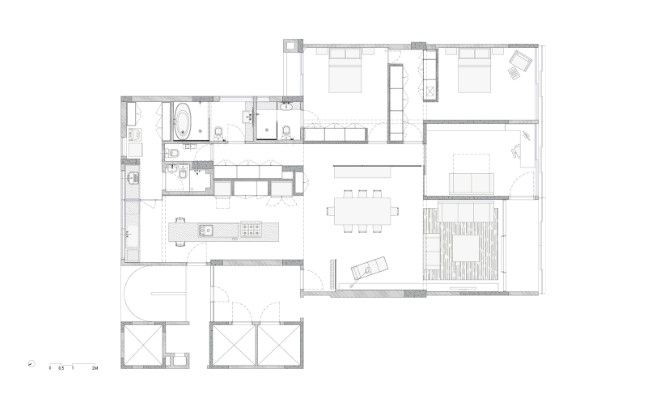
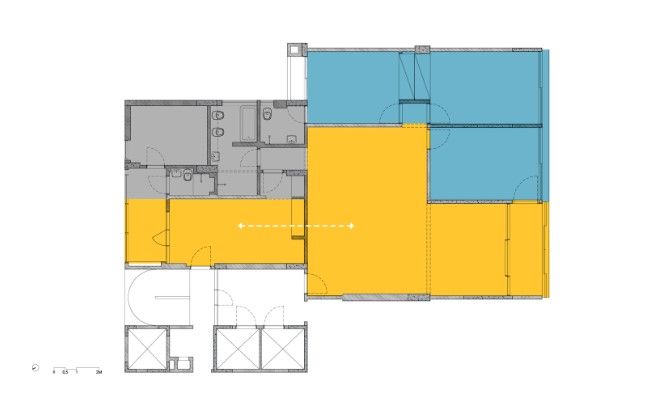
The renovation project developed for an apartment in the Building, designed and built in the 1950s, dealt with an extremely challenging floor plan. The solution adopted was to demolish all the internal walls. In the words of the project team: “To increase the feeling of amplitude within the 46 m2 of internal area, the division between environments was made through a furniture that floats suspended, without touching the green floor that floods the whole apartment".

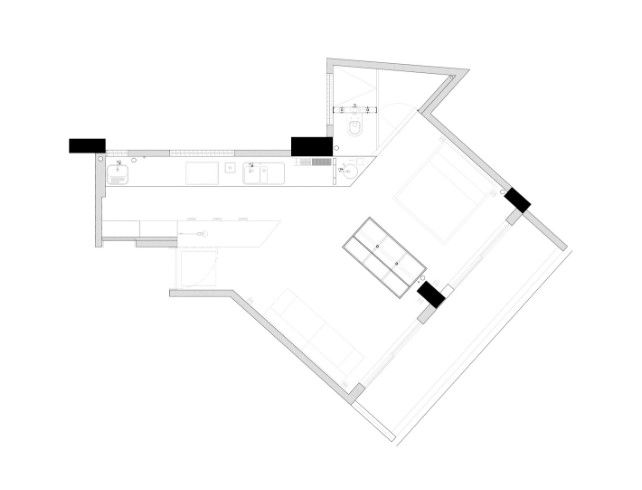
At Apartment, more walls were added than demolished, unlike the previous examples. By aligning the kitchen to the same height as the bathroom, it was possible to integrate it into the social area and allow the bedroom to be closed in a separate space. A closet built into the bedroom wall plays the role of laundry and storage space.
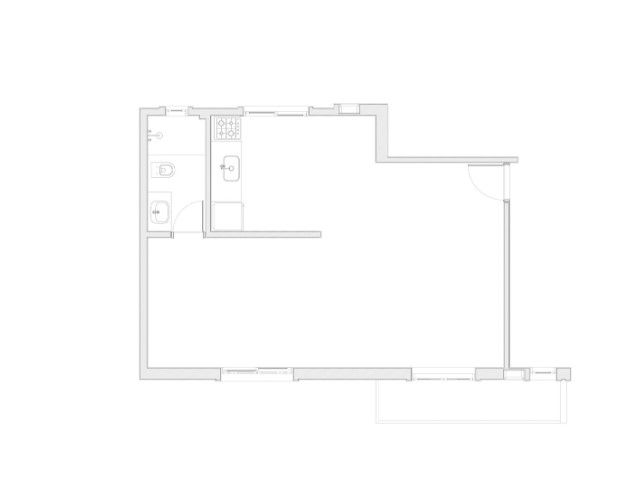
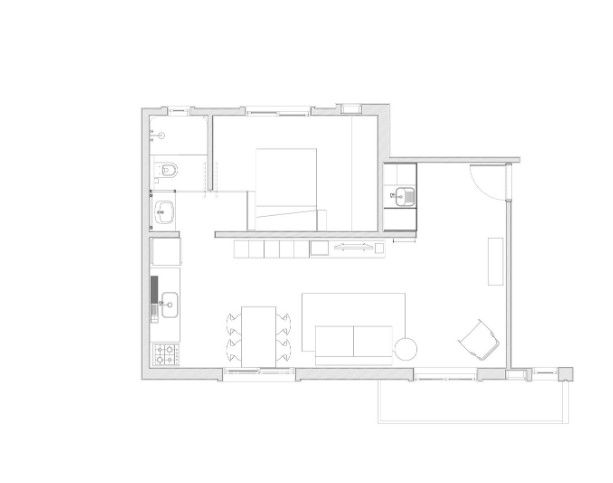
The possibilities are many, but whatever the solution adopted, it is fascinating to observe how spaces can accommodate new uses and adapt to the demands of its users. It is up to the engineer to understand users' needs and expectations and to adapt plans with new axes, dynamics, and spatial configurations.

